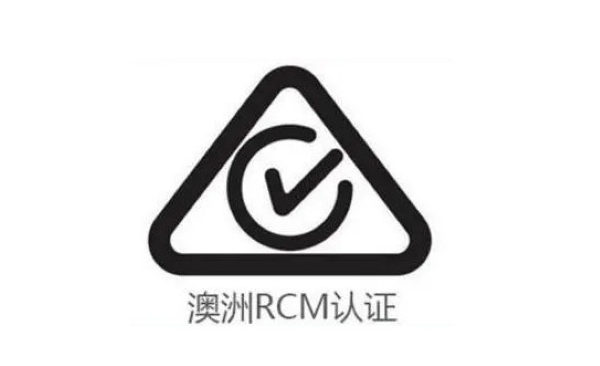On July 27th, 2024, Environment Canada issued a Notice according to Article 71(1)(b) of the Canadian Environmental Protection Act, 1999. The circular requires relevant Canadian enterprises to provide online information on perfluoroalkyl and polyfluoroalkyl substances (PFAS) produced, imported or used as individual substances, mixtures or articles in the calendar year of 2023 before January 29, 2025, among which 312 PFAS compounds are involved. (Click on the "original link" at the end of the article to view the required information and list details)
List of substances
The reporting requirements apply to 312 PFAS compounds listed in Schedule 1 of the Notice. Schedule 1 is divided into three parts, and each part contains a different list of PFAS substances, as follows:

What needs to be reported
When any of the following conditions are met, the report shall be submitted through the Canadian Environment and Climate Change Window:
1. The total production exceeds 1000g(312 PFAS substances);
2. The total import volume exceeds 10g(293 PFAS substances), or the total import volume exceeds 100kg(26 PFAS substances +13 PFAS substances), if it exists alone, or exceeds 1ppm; in the mixture, product or 12 categories of specially specified articles;
3. The total import volume exceeds 100kg(312 kinds of PFAS substances), and its concentration exceeds 1 ppm in articles other than those specified in 12 categories;
4. The total amount used is more than 10g(312 PFAS substances), and the concentration is more than 1ppm when used alone or when making mixtures, products or finished products.
12 categories of specific product range
1. Products intended for children under the age of 14;
2. Products to be in contact with personal mucosa;
3, according to the expected way of use, so that the substance can be inhaled, or contact with the individual skin or mouth products;
4. Cookware, or cooking or serving utensils intended to be in direct contact with heated food or drink;
5. Food packaging materials, including single cups/disposable bowls, plates, cups and other tableware used for or likely to directly contact with food or beverage, as well as food cans and box cover liners;
6. Reusable food and beverage containers;
7. Food processing equipment, including conveyor belts, trays, vats, nozzles, molds and cutting machines that come into contact with food or beverages before packaging and distribution;
8. Clothing or footwear, including life jackets, personal floating devices and other safety clothing;
9. Bedclothes, sleeping bags or towels;
10. Furniture, mattresses, cushions or pillows intended for personal use, PFAS substances are contained in foam or leather or textile fibers, yarns or fabrics;
11. Carpets, vinyl or laminated floors or floor foam cushions intended for personal use;
12. PFAS substances are expected to be released from products.
Information to be reported
◆ Identity information (company/organization and applicant)
◆ Facility information
◆ Quantity of substances manufactured, imported, used for manufacturing goods and exported.
◆ Cargo information
Information on exemption reports
1. Transit only in Canada;
2. For private use;
3, intended for laboratory analysis, scientific research or as a laboratory standard;
4. Hazardous wastes or hazardous recyclable materials referred to in the Regulations on the Cross-border Movement of Hazardous Wastes and Hazardous Recyclable Materials, or included in them, and exported or imported according to the license issued by these regulations;
5. Belonging to or included in pest control products registered according to the Pest Control Products Law;
6. Belonging to or included in fertilizers or supplements registered according to the Fertilizer Law;
7. Belonging to or included in the feed registered according to the Feed Law; or
8. Mixed with or attached to seeds registered according to the Seed Law;
9. Any individual or category who meets the definition of micro-enterprise (less than five employees or annual turnover of less than 30,000 US dollars).
Warm tips
Canada requires relevant enterprises to submit detailed information of 312 PFAS substances within the specified time. This move aims to evaluate the toxicity of listed PFAS substances and provide scientific basis for whether and how to control the listed PFAS substances in the future. ZRLK suggested that relevant enterprises should improve their risk awareness of products, fully investigate and actively respond to the control requirements of harmful substances in the target market, and prepare alternative plans in advance to ensure that the products put on the market meet the control requirements of the latest regulations and avoid unnecessary economic losses. Our company has a professional technical team and rich experience in product testing, which can help you easily understand whether the products are safe and compliant. If you need it, please feel free to contact us, and our engineers will serve you at the first time!
Original link:
https://canadagazette.gc.ca/rp-pr/p1/2024/2024-07-27/html/sup-eng.html












